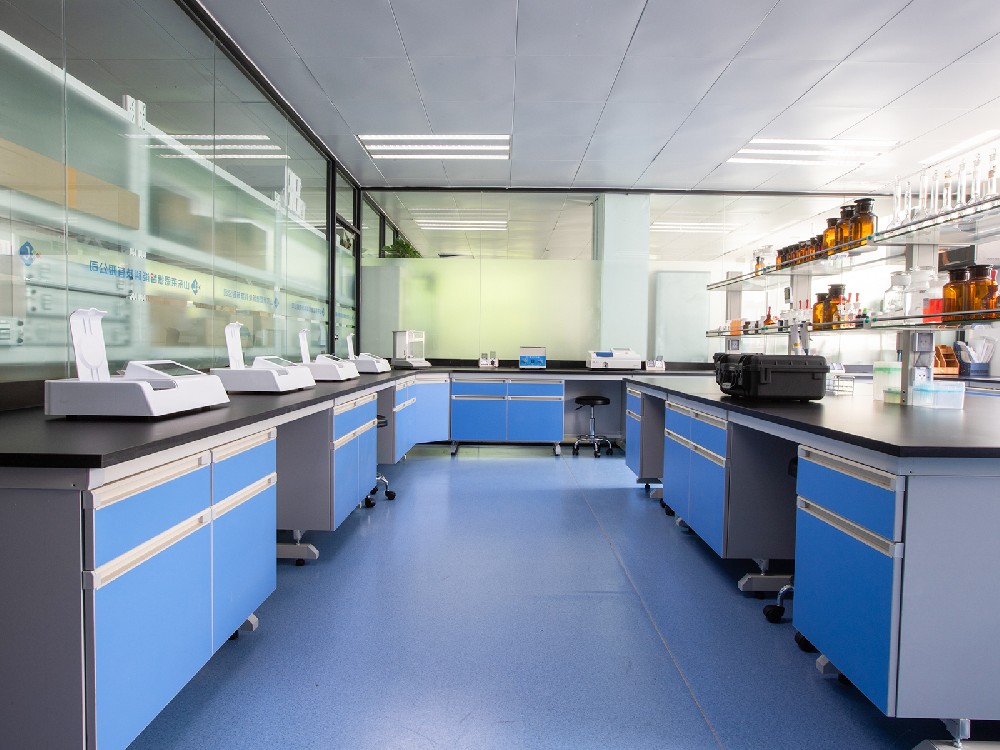WhatsApp:
+86 18866361895
WhatsApp:
+86 18866361895
Food safety testing equipmentWith the increasing attention of the country to food safety, the scope of food testing continues to expand, and higher requirements have been put forwa···
 在线咨询
在线咨询

Food safety testing equipment
With the increasing attention of the country to food safety, the scope of food testing continues to expand, and higher requirements have been put forward for the accuracy of testing instruments. Food testing covers a wide range of items, such as pesticide residues, veterinary drugs/antibiotics, food additives, heavy metals and harmful substances, toxin microorganisms, conventional physicochemical properties, and contact materials. Specially designed instruments are required for these different testing items. This article will summarize 176 commonly used instruments in food testing laboratories, providing strong support for your food safety testing work.
List of commonly used devices
Below, we will provide a detailed introduction to the functions and uses of these instruments.
Electronic balance: used for precise weighing of reagents, samples, and standards in food inspection.
Acidimeter: specifically used for accurate measurement of pH value during food inspection process.
Freeze centrifuge: used in food inspection to extract and separate key substances such as nutrients or pollutants.
Centrifuge: Similar in function to a cryogenic centrifuge, it is also used for the extraction and separation of substances.
Ultra clean workbench: provides a locally clean working environment to ensure the accuracy of food inspection.
Biosafety cabinet: protects operators and the environment, ensuring safety during food inspection processes.
Soxhlet extractor and supercritical extractor: efficient extraction of nutrients or pollutants in food.
Magnetic stirrer: used in food inspection for uniform mixing and reaction of target substances.
Microwave digestion instrument: efficiently digests food samples to prepare for subsequent analysis.
Freeze drying machine: used for drying food samples to preserve their original form and nutritional components.
Fragrant ice maker: providing high-quality ice making services for food inspection.
High pressure sterilizer: Ensure the safety of reagents and samples in food inspection.
Refrigerators and freezers: used for long-term storage of food samples and reagents.
Vertical ultra-low temperature refrigerator: provides an ultra-low temperature storage environment for food samples and reagents.
Ultrasonic cleaner and extractor: used in food inspection for sample cleaning, degassing, mixing, and extraction of nutrients or contaminants.
Ultrasonic cell disruptor: breaks down the cell structure in food for subsequent analysis.
Muffle furnace and electric constant temperature drying oven: used for ash content determination and drying treatment of food samples.
Electric constant temperature incubator and vacuum drying oven: provide a stable temperature environment for microbial cultivation and sample drying in food inspection.
Constant temperature and humidity chamber and controllable temperature oscillation chamber: ensure that food inspection is carried out under constant temperature and humidity conditions, while providing the oscillation environment required for microbial cultivation.
Ultra pure water system: preparing high-purity water required for food inspection.
Homogenizer and tissue homogenizer: Homogenize food samples for subsequent analysis.
Solid phase extraction device and rapid solvent extractor: Automated extraction of target substances from food samples.
Vacuum centrifugal concentrator: Concentrate the target substance in food inspection.
Fully automatic nucleic acid extraction system: efficiently extracts nucleic acid substances from food.
Nitrogen blower and dehumidifier: used for concentration of target substances and humidity control of the environment, respectively.
Rotary evaporator and shoe cover machine: The rotary evaporator is used to remove organic solvents in food inspection, while the shoe cover machine protects the clean environment of the sterile room.
Automatic Microbial Rapid Detection and Analysis System: Quickly identify and analyze microorganisms in food.
Microscope and fully automatic microbial flat spiral sampling system: observe cell and microbial samples, and simultaneously determine the degree of microbial contamination.
Other devices such as real-time fluorescent quantitative PCR detection systems, genetic analysis systems, etc. are used for rapid and quantitative analysis of specific genes or pathogens in food.
Temperature and humidity data tracking system: monitors temperature and humidity data during food sampling and testing to ensure accuracy of detection.
Fully automatic gene sequencer and UV visible spectrophotometer, etc.: perform high-throughput analysis of DNA sequences in food and determination by UV visible spectrophotometry.
Other devices such as multifunctional enzyme-linked immunosorbent assay (ELISA) reader, laser confocal microscope, etc. are used for enzyme-linked immunosorbent assay (ELISA) analysis, precise observation of cells and microorganisms, and depiction of tissue structures.
The various reagents and consumables required for food safety testing, such as buffer solutions, standards, etc., are also an indispensable part of the laboratory.
The detailed application and functional introduction of these devices can help food testing laboratory workers better choose and use suitable instruments to ensure efficient and accurate food safety testing.